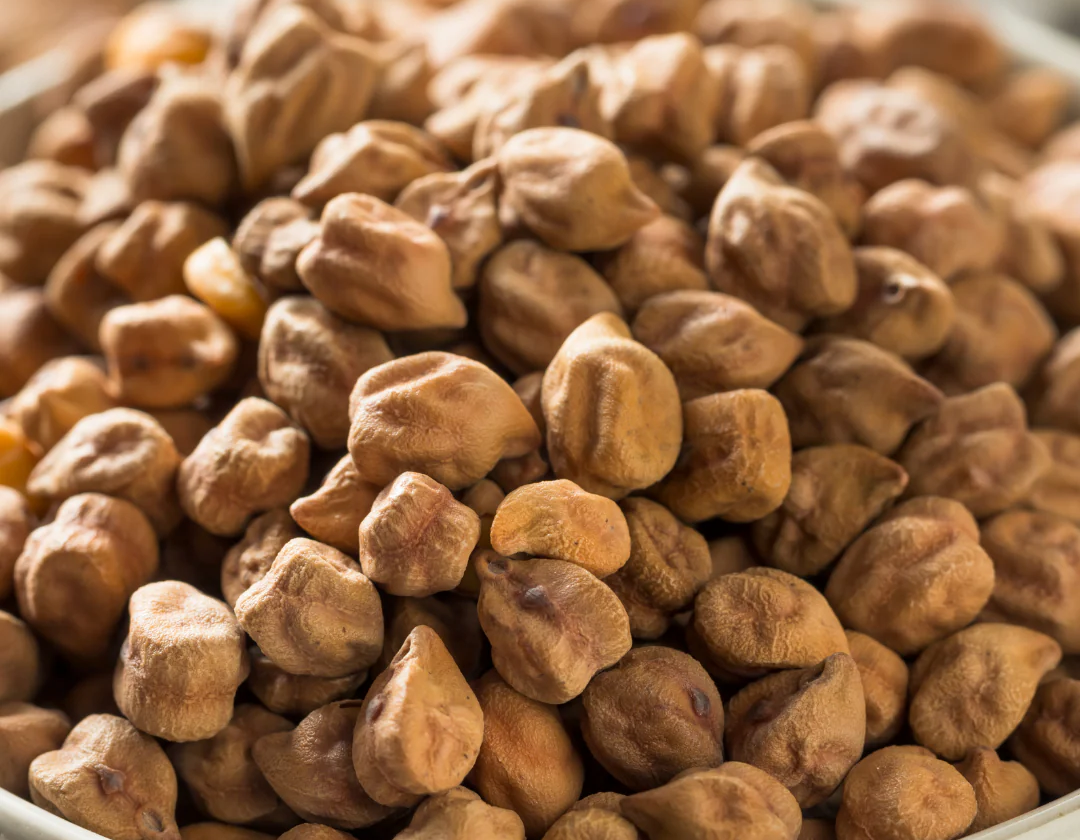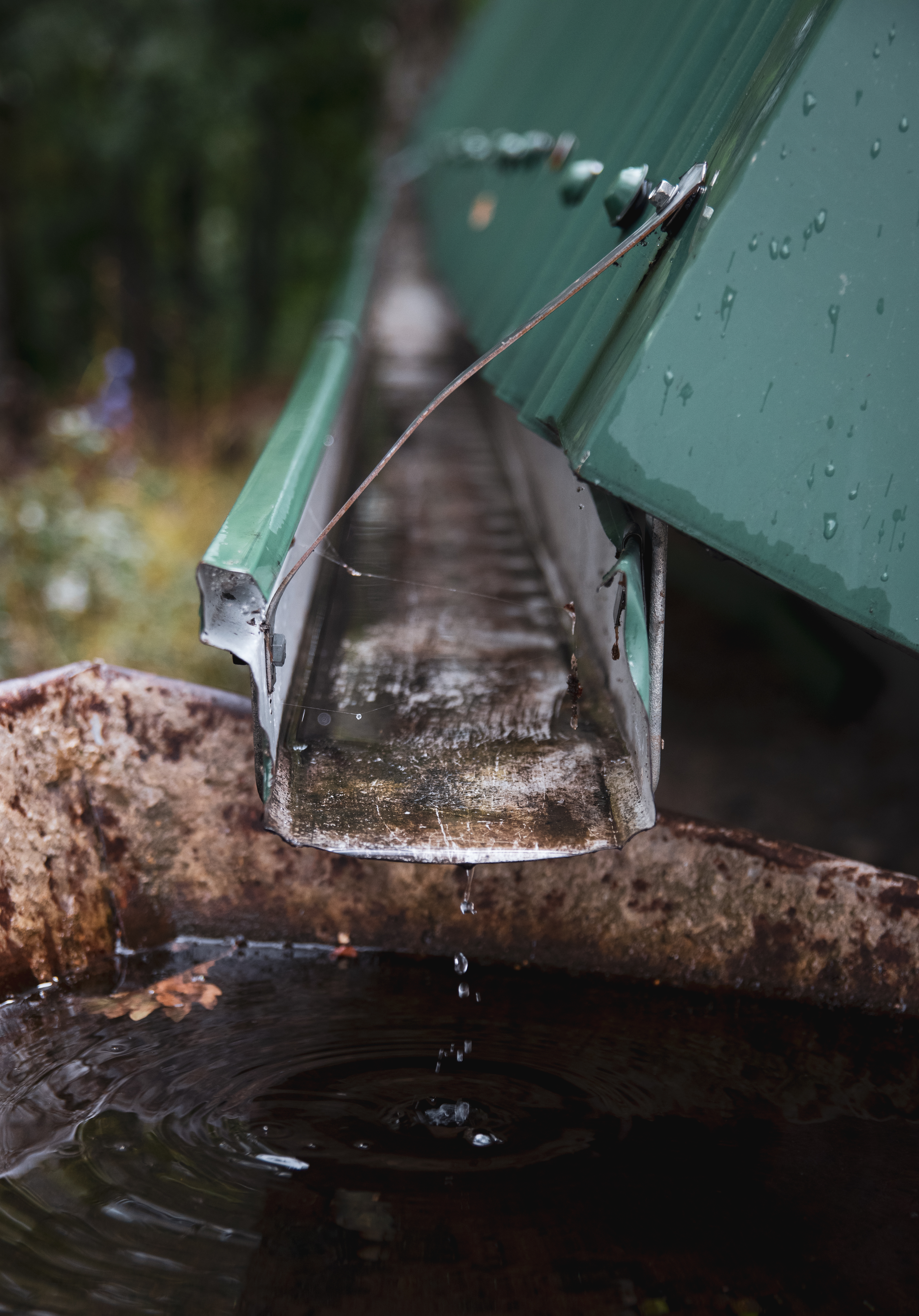Mustard is India’s second most prominent winter oilseed crop, grown in the northern plains and eastern area. The oil content usually varies from 37%-49%. The rabi season crop requires cool and dry weather, adequate moisture in the soil during the growing period, and clear weather at maturity. Sandy loam to clay loam soils are suitable for growth, but it thrives best on light loam soils with neutral pH conditions.
It is better if the fields are leveled and plowed 2-3 times during the monsoon season. Two irrigations at pre-bloom and pod filling stages are beneficial for crop health. The crop is sensitive to waterlogging; hence a sound drainage system is required. As far as nutrients are concerned, applying 15-20 tonnes of FYM or compost at the time of field preparation along with 60-90kg nitrogen, 60 kg P2O5, and 40 kg K2O per hectare is recommended.
Following are some common diseases and infections found in mustard crops and control measures to cure them:
Alternaria blight: The pathogen infests through seed and affects the plant. Concentric black spots on leaves, stems and pods start to appear, and such pods contain shriveled, undersized seeds.
Control measure:
Spray 2 kg of Difolatan or Dithane M-45 in 1,000 liter/ha in 10 days intervals as soon as the symptoms start. Burn the affected plant portions once the crop is harvested.
Downy Mildew: Yellow, irregular spots appear on the leaves’ upper surface, and white growth is visible under the surface opposite to areas. If the attack is severe, the affected inflorescence is malformed, twisted, and covered with a white powder.
Control measure:
Spray 0.2% Zineb or 0.1% Karathane on the crops and repeat the spray 2-3 times at 10 days intervals.
White Blister: White raised blisters to characterize the disease on leaves, stems, petiole, and floral parts, which burst and liberate a white powder. Flowers get malformed and become sterile.
Control measure:
- Spray the crop with 0.2% Zineb or Difolatan as soon as the symptoms are noticed and repeat the spray, if needed, at 10 days intervals.
- Keep the field free from weeds.
Mustard Saw Fly: The plants become dry or remain stunted. In case of severe infection, all the leaves are eaten up, and the plant dies. It starts feeding on the leaf margin, and the color gets darker and darker as it grows.
Control measure:
Dusting the crop with Malathion 5% dust @ 25 kgs/ha, or Thiodan 4% dust @ 30 kgs/ha, or Carbaryl 5% dust @ 25 kg/ha has been found useful.
Powdery Mildew: White circular dirty patches on either side of leaves. The disease is favored by dry weather. It becomes severe under irrigated conditions. Under favorable environmental conditions, entire leaves, stems, and silique are affected.
Control measure:
The disease can be managed by applying sulfur dust at 30kg/ha or spraying 2g wettable sulfur or 1ml dinocap or 1ml tridemorph per liter of water.
Conclusion
Apart from the Government increasing MSP of mustard for the 2022-23 marketing season and the attractive prices in the market during 2021 compared to 2020 rates, farmers growing mustard can pay more attention to keeping the yield healthy during both pre and post-harvest.








 Connect With Us
Connect With Us